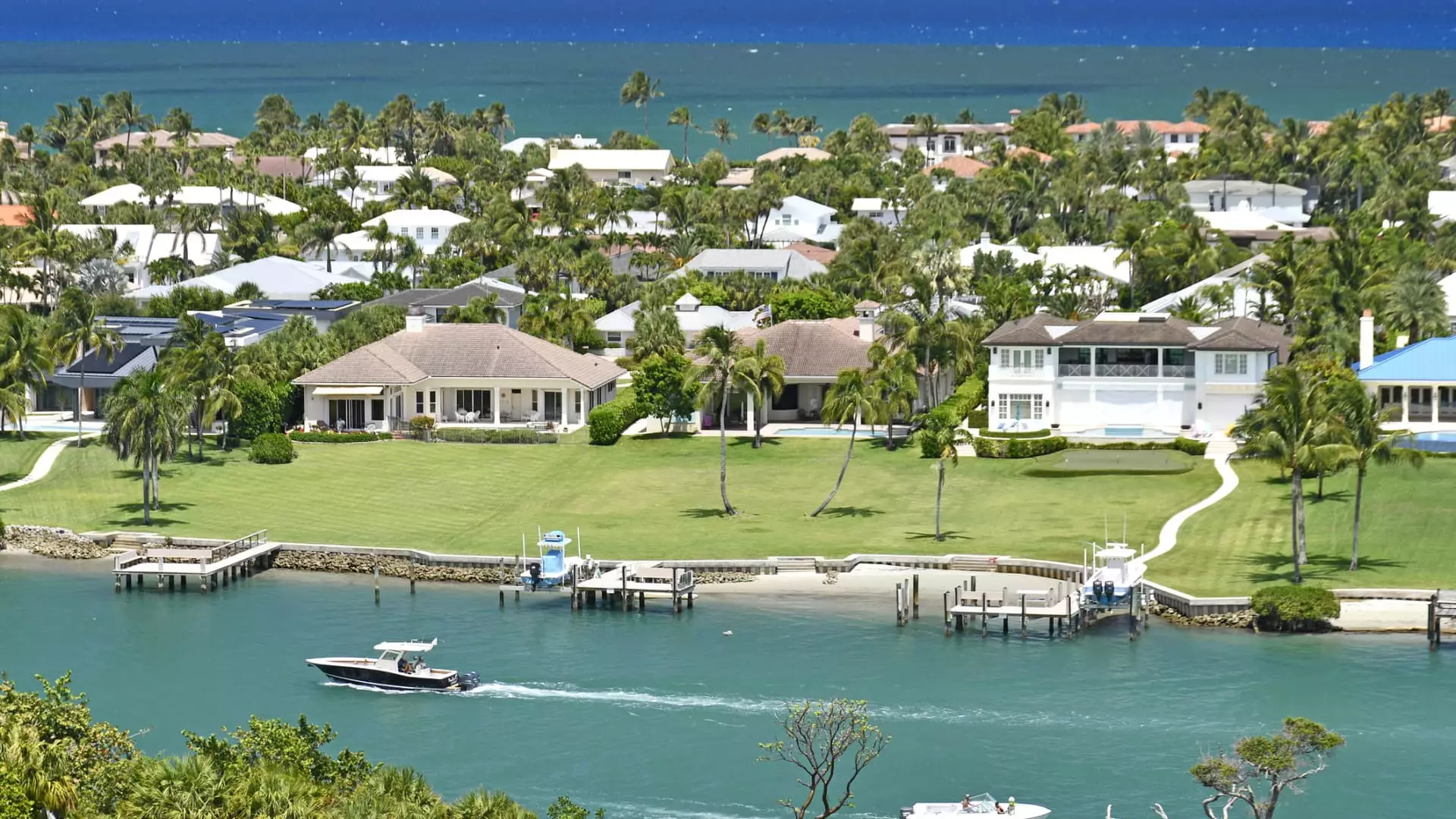The luxury real estate market in 2025 is vividly revealing a growing fissure between the ultra-rich and the merely wealthy, a phenomenon symptomatic of broader economic anxiety. While traditional market observers might expect widespread caution amid rising interest rates and geopolitical tension, true high-net-worth individuals—those with fortunes exceeding $30 million—remain undeterred, continuing to execute high-value real estate deals. This signals not only the resilience of immense wealth but also entrenched structural advantages that allow such buyers to bypass economic headwinds that hem in less affluent investors. The chasm between ultra-millionaires and affluent buyers on a tighter budget cannot be overlooked—they experience the same economic climate but react in fundamentally different ways.
The Strategic Leverage of Cash in a High-Interest Era
One undeniable trend is the volatility-driven surge in all-cash real estate transactions among ultra-wealthy buyers. Elevated borrowing costs, now more oppressive than in previous cycles, deter countless potential buyers from financing deals, but for the ultra-wealthy, liquidity remains their ace. Avoiding financing costs isn’t a mere convenience; it is a powerful negotiating lever that accelerates deal closures, minimizes risk, and exercises greater control over competitive markets. This move effectively sidelines more cautious buyers who struggle with higher interest rates, polarizing demand in luxury housing. It is a stark reminder that in today’s economy, access to capital—and the strategic use of it—is a potent weapon, one that enforces a growing inequality in market participation.
Real Estate as a Wealth Fortress in Unsettling Times
It is no accident that substantial buyers remain committed to real estate holding even as other asset classes hover ominously. Real estate’s enduring allure as a tangible, inflation-resistant asset offers a psychological and financial refuge. In uncertain periods, where stock markets zigzag unpredictably, physical properties provide a less volatile sanctuary. This conviction among the ultra-wealthy reflects a pragmatic understanding of risk: despite economic unpredictability, owning a hard asset delivers stability, income potential, and unmatched control. Yet this mindset reveals a subtle conservative bias in wealthy investment strategies—they aren’t abandoning growth but anchoring it in asset classes perceived as fundamentally sound and less volatile than equities.
The Flip Side: Affluent Buyers Growing Hesitant
Conversely, the less wealthy segment of luxury buyers exhibits palpable restraint. Interest rates and market uncertainty are catalysts for a more defensive posture. Unlike their ultra-rich counterparts, these buyers often cannot or choose not to deploy vast cash reserves, leading them to slow or pause transactions altogether. Increasing numbers of homes face price reductions and longer market times, signaling a supply-demand recalibration where sellers must confront buyers’ newfound prudence. This dynamic reveals the limits of the luxury real estate market’s resilience; it is not an impenetrable fortress but a terrain where only those with deep pockets and liquidity maintain confident footing.
Heightened Buyer Expectations Signal a New Era of Luxury
Beyond financial considerations, a noticeable shift in buyer sophistication is pressuring developers and sellers to elevate quality and innovation. Today’s luxury property purchasers demand cutting-edge amenities like smart home technology, gourmet kitchens, spa-like bathrooms, and seamless indoor-outdoor spaces. This is more than mere opulence; it reflects a reinvention of luxury living that merges comfort, technology, and lifestyle aspirations. Particularly among first-time luxury buyers, this selective approach underscores a transition from conspicuous consumption to calculated investment in lifestyle quality—a trend that should challenge complacent developers resting on traditional notions of luxury.
Implications for the Future and Market Policy
From a center-right perspective, the current luxury real estate landscape underscores the vitality of property as a wealth-building vehicle but also highlights inequities reinforced by capital access and monetary policy. Elevated interest rates, while intended to tame inflation, inadvertently widen socioeconomic divides within the housing market. Policymakers should be wary of one-size-fits-all approaches, as the ultra-wealthy’s immunity to borrowing costs exacerbates market stratification, driving up prices beyond the reach of many. The luxury housing sector’s performance is simultaneously a sign of economic strength for the privileged and a cautionary tale about affordability and market accessibility for the rest.
It’s clear that luxury real estate in 2025 is not just a barometer of wealth but a microcosm of broader economic polarization. The wealthy—especially ultra-wealthy—continue to consolidate power through savvy investment in hard assets, leaving less affluent buyers to navigate a more treacherous landscape shaped by high costs and biting uncertainty. For those who understand that real estate is not just about homes but about influence and legacy, this market paints a compelling picture of who thrives when times get tough—and who does not.

